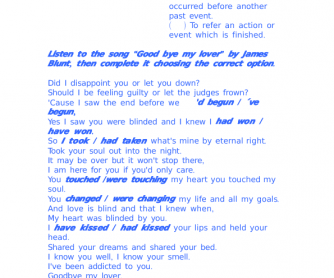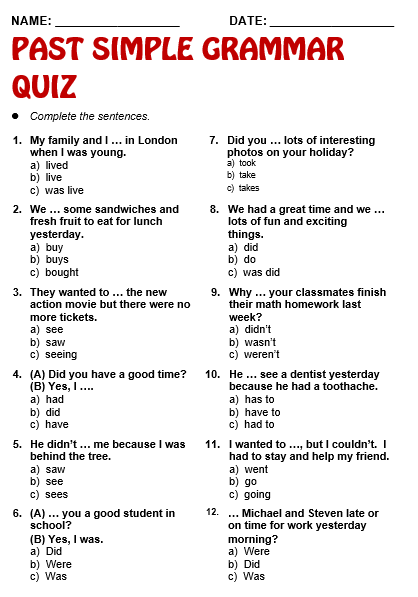

The potential lack of perspective may cause readers to wonder why you chose it. If not well-utilized, the present tense can lack believability.But the backstory does exist and the writer has to find ways to incorporate it in a natural way. The more limited options for backstory can tempt a writer to “hide out” from it.The present tense limits the ability to add the kind of suspense you could add if the narrator had knowledge of what’s going to happen in the future.Readers can find the experience of being pressed up against the immediate to be a little stifling. The tight focus on the *now* can sometimes lack a needed wider context, and this can leave the reader craving some interpretation from the character/narrator as events happen.“…narration in the present tense sets up a kind of permanent artificial emergency, which can be exactly the right tone for fast-paced action.” PRESENT TENSE: DISADVANTAGES This is the tense of eyewitness narration and on-the-scene reporters.
CHOOSE PAST TENSE PRESENT MOVIE
The action is in real time, like a handheld movie camera, and unfolds moment-by-moment. The present tense suits an exploratory story style.A flashback, for instance, would just require the simple past tense. There are a seemingly gazillion past tense verb forms and only four in the present tense, so it can be easier to keep them consistent.You’d potentially have readers already warmed up to this style if you’re writing for a specific audience.


CHOOSE PAST TENSE PRESENT FULL
“I want them to feel able to say what happened, what usually happened, what sometimes happened, what had happened before something else happened, what might happen later, what actually did happen later, and so on: to use the full range of English tenses.” PAST TENSE: DISADVANTAGES Phillip Pullman says this about his preference for the past tense: You have the ability to hint (or tell outright) future happenings.We sometimes think that quick pacing is always best, but being able to regulate the pacing is essential. Slowing down the pacing is easier using the past tense.It’s easier to jump around in time, so flashbacks and backstory are easier to integrate.When you allow your character the same freedom, they can reflect upon what is happening in the moment, and the reader will have access to more of your character’s emotional nuance. This allows us great scope and context in our thoughts. Our minds naturally move back and forth from the past to the present. It’s the way we tell stories to each other in our everyday lives-“So this is what happened…”.The past tense has traditionally been the most common way to write stories.The easiest way to examine your choices is to look at the advantages and disadvantages of choosing the past or present tense so you can make a more informed decision rather than just relying on your gut. But that doesn’t mean it’s not the right choice for your story. I do need to say up front that some readers just hate the present tense (you’ll see why in a sec), and you should know that. Scissors, scalpels, field goals, and touchdowns can all be right, but they aren’t equivalent and choosing them depends on context and strategy. Make sure your decision to use past or present tense is a strategic one.


 0 kommentar(er)
0 kommentar(er)
